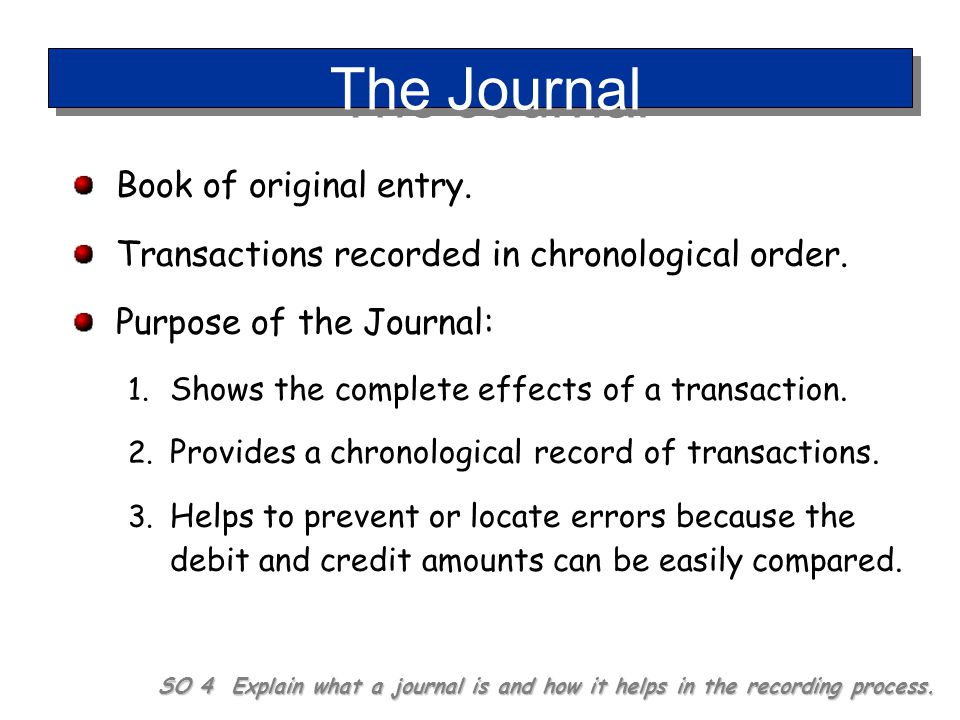Content

Make sure you’re accounting for discounts on items throughout the year, special campaigns or offers, and markup. That way, you can use this formula effectively and improve your tactics over time. An art gallery may have a turnover rate of three when a grocery store’s average is 15.

Constantly running out of the goods you sell costs sales and can ruin a reputation. If you run a manufacturing operation, inventory shortages can shut down production. It’s also sometimes referred to as inventory days on hand, days inventory outstanding, or days sales of inventory. Tracking your days in inventory levels helps you achieve lower costs, faster profits, and fewer stockouts. Having spot-on days in inventory calculation allows you always to possess the right amount of stock available and come up with accurate reorder check-points when needed. Speeding up the rate at which you deplete inventory means that you are moving your list quicker, giving you room to receive your cash faster as well.
To manufacture a salable product, a company needs raw material and other resources which form the inventory and come at a cost. Additionally, there is a cost linked to the manufacturing of the salable product using the inventory. DSI is calculated based on the average value of the inventory and cost of goods sold during a given period or as of a particular date.
This can be changed to a different number if DSI needs to be found for the week or the month. To avoid issues like these it’s important to monitor inventory levels and turn off marketing campaigns and promotions when inventory is low. Ultimately, you have to weigh the risk of missed sales opportunities against the increased profit potential to make the best decision for your business.
The Structured Query Language comprises several different data types that allow it to store different types of information… Since Walmart is a retailer, it does not have any raw material, works in progress, and progress payments. A high DSI can indicate that a firm is not properly managing its inventory or that it has inventory that is difficult to sell. Adam Hayes, Ph.D., CFA, is a financial writer with 15+ years Wall Street experience as a derivatives trader. Besides his extensive derivative trading expertise, Adam is an expert in economics and behavioral finance. Adam received his master’s in economics from The New School for Social Research and his Ph.D. from the University of Wisconsin-Madison in sociology.
Average Inventory – This is beginning inventory + ending inventory for the same period/two. InFlow and our advertising partners use tracking to provide personalised offers to give you the full experience. This includes sending you “Targeted Messages on 3rd Party Advertising Platforms” as described in the Privacy Notice. If you don’t accept this tracking, you may still see inFlow advertisements on other platforms at random. The Days Sales of Inventory will be different for companies with a diverse product mix. The Days Sales of Inventory will be different for raw materials, finished goods, and work-in-progress.
Here we have compiled retail industry benchmarks by category and below is a snapshot for Inventory Turnover & Days Sales in Inventory. One key point to remember is that DSI figures often vary across different industries so it is advisable not to compare the performance of companies operating in different industries. Thus, DSI should only be used to compare the performance of companies within the same industry. The fewer days required for inventory to convert into sales, the more efficient the company is. Gain in-demand industry knowledge and hands-on practice that will help you stand out from the competition and become a world-class financial analyst.
They are likely to track how many days it takes sell or use specific products, rather than the aggregate amount. Days sales in inventory is a metric that measures how long it takes a company’s inventory to convert into sold products. It is also known as inventory days on hand, days inventory days of sales in inventory formula outstanding, or days sales of inventory. Essentially, sales in inventory can look into how long the entire inventory a company has will last. It’s critical information for management to understand, as well, so they can monitor the rate of inventory turnover and inventory levels.
A high turnover means you’re selling through items efficiently, and a high sell-through means you’re turning over a high quantity of items. Days Sales of Inventory is a useful measure for companies that want to manage their inventory more efficiently. Inventory turnover, on the other hand, is a useful measure for companies that want to increase their sales. A low Days Sales of Inventory number indicates that a company is selling its inventory quickly.
What is the formula for Days Sales of Inventory? The formula for Days Sales of Inventory is: Days Sales of Inventory = (Average Inventory ÷ COGS), multiplied by 365.
Finally, the net factor will provide the average number of days that a company takes to clear or sell all of the inventory it holds. Distributing inventory strategically also has other added benefits, the most significant being reduced shipping costs, storage costs, and transit times. The average number of days to sell inventory varies from industry to industry.
The inventory calculation for days sales in inventory (DSI) divides the number of days in the time period by the inventory turnover in that period.